Wednesday, January 30 presented two huge announcements regarding the ballet world. The first announced that the cable network Starz is developing a "gritty" ballet drama, a show supposedly dissecting the often-dysfunctional underbelly of the dance world. The second confirmed that American Ballet Theatre soloist Misty Copeland has landed a two-book deal with Simon & Schuster, and will release her memoirs in 2014.
Over the past several years, we have watched ballet slowly float down from the stage, into the audience, and eventually, beyond the theaters into the "normal" world, infiltrating both artistic mediums and social media. You can now follow your favorite ballerina on Twitter. You can watch ballet on the big screen, with movements such as Ballet in Cinema, broadcasting performances from top European companies into movie theaters around the world. You can read about the highs and lows of a professional career via blogs and books such as Sophie Flack's much-acclaimed Bunheads. In many ways, ballet is crossing into all mediums: Fashion, film, literature and television.
The question remains: Is this a good thing?
One of the most fascinating things about granting ballet a spotlight in mainstream life is the power to dispel, or in some cases prove, stereotypes: Dancers are eager to have a voice beyond the expression of their art; they often seek to represent themselves as ordinary beings in a frankly extraordinary world. There is a surrealism to classical art that keeps it slightly removed from society as a whole, something that renders it distinctive and historical, something that should only be preserved in the most genuine of ways.
Surely, there is more to ballet than meets the eye, but how much of it should the non-dancer see? Do we cling to dreamlike state of an art performed live, a certain detachment from reality that allows for escapism, or should ballet show it all-the good, the bad, and the ugly? Black Swan came under fire in the majority of dance media, with writers and bloggers claiming that it did nothing but diminish ballet's reputation. Though Black Swan was fundamentally a Drama/Thriller film, using ballet as a catalyst rather than a protagonist, its reception in the dance world was controversial. Arguably, one of the most honest portrayals of ballet in the media came from First Position: A Ballet Documentary, that demonstrated how excessive ballet can be, especially to young students. The catch? First Position showcased an excessive world, but also showed the excessive passion and love that fuels its dancers; the struggle and the triumph are in equal parts important, but too often, one gets left in the wings.
Ballet is not an art of ease, or leisure, or one that caters to fluffy stereotypes. It is not for the faint of heart. However, ballet is also not an art of psychopathic melodrama or angsty heartbreak, at least not always. It is not for the hard of heart. Above all, dance takes love; love of an art form, love of a story, love of a tradition.
Regardless of how the message is transmitted, ballet is spreading. It is having a much-deserved moment where the curtain is drawn back, the audience leans forward, maybe gasps, and sees the world within the otherworldly and the normal within the exceptional. Will every portrayal be true? No, but now is the time for dancers to speak their own truth, to display their souls, their ideas, and their thoughts just as they do when they dance.
Let the world have ballet. Let them be apart of it, even if they can't altogether understand, or even if their conception and opinion aren't entirely accurate. Let them talk about it, let them learn about it, and let it fill their lives. And let the dancers tell their side, be the example, and carry forth history into the future. After all... who knows the dance better than the dancer?